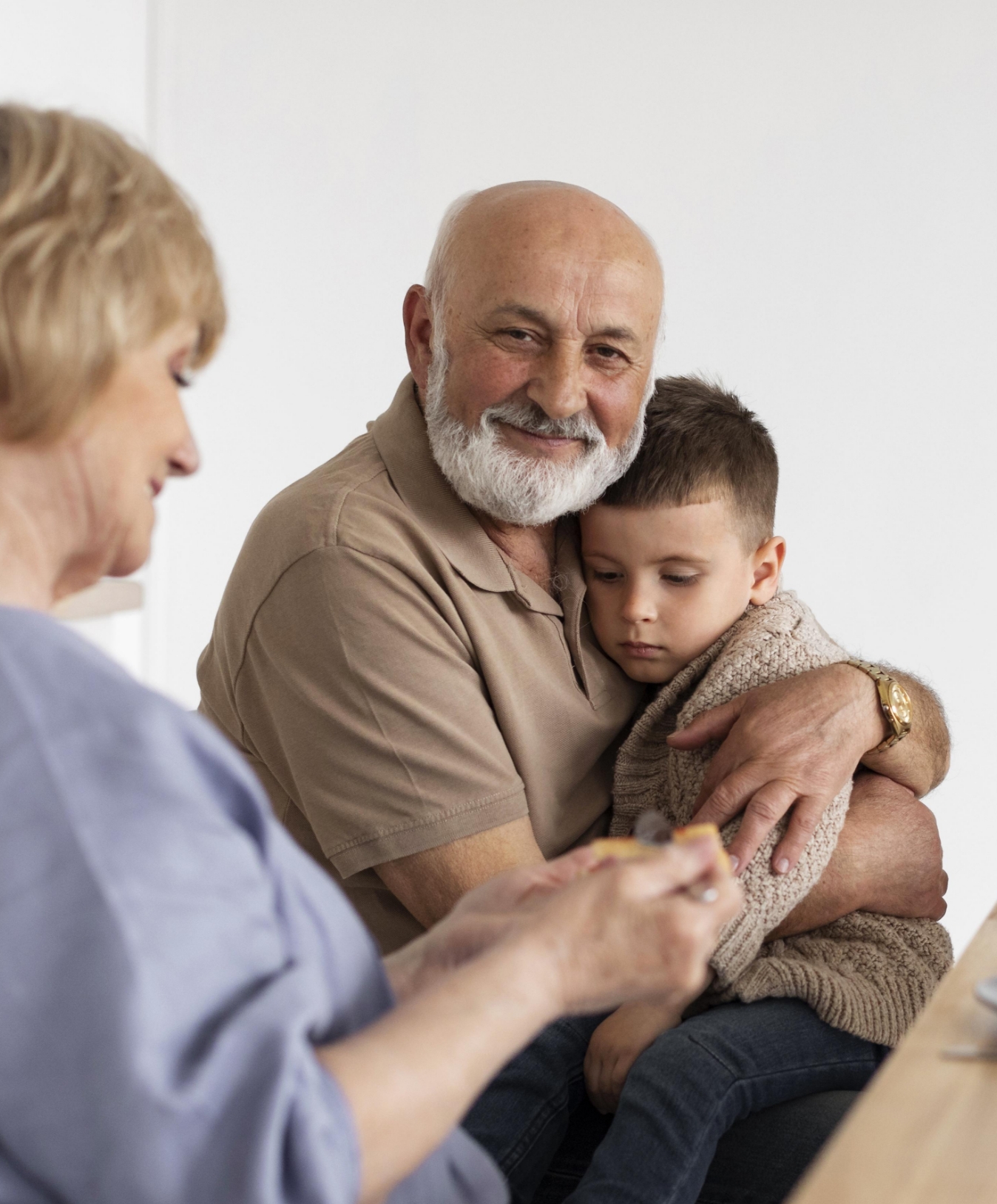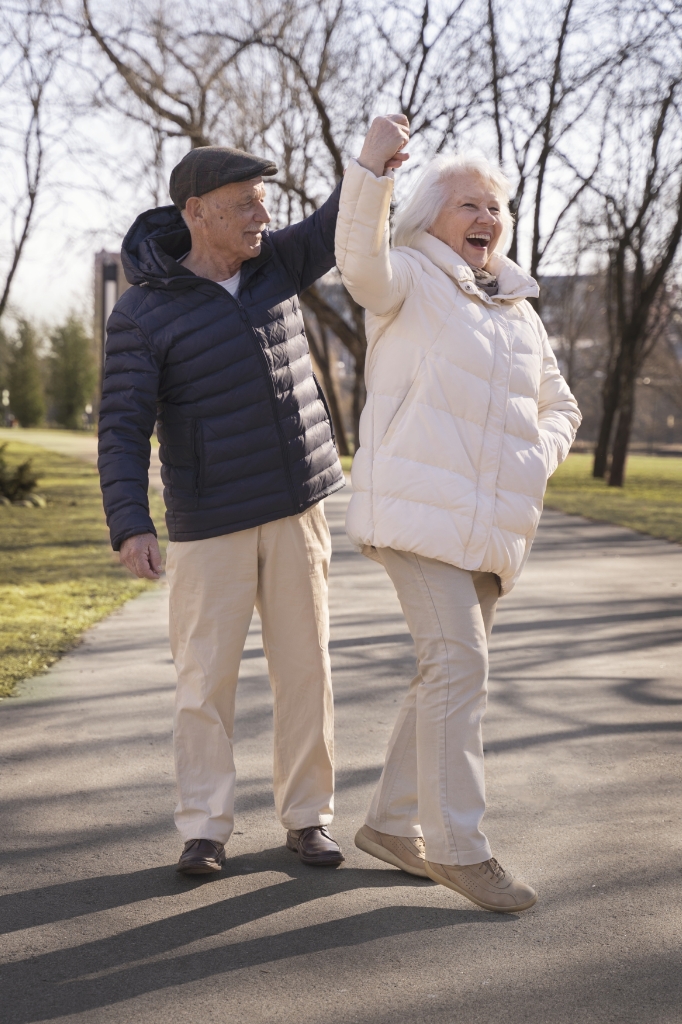Spinal Conditions
Spinal stenosis
Spinal stenosis is a common spinal condition, particularly in those aged 50 years and over. Symptoms can range in severity from being barely noticeable to extremely debilitating.

What is spinal stenosis?
Spinal stenosis occurs when one or more of the spine’s bony spaces begin to narrow. This reduces the space for the nerves and the spinal cord, causing them to become compressed.
It commonly occurs in the cervical spine (neck) or lumbar spine (lower back), although spinal stenosis may develop in any area of the spine. The resulting pain may become severe enough to prevent a person from walking more than a short distance.
Causes of spinal stenosis
The condition is commonly caused by age-related wear and tear, typically related to osteoarthritis. It results as the bones and joints, which make up the spine, begin to change shape and place pressure on the spinal cord.
Some individuals are born with a smaller spinal canal, making them particularly susceptible to spinal stenosis. This deformity typically has no other effects and many adults do not know they are affected until spinal stenosis develops in their 30s or 40s.
As spinal trauma can affect the shape of bones, it may contribute to spinal stenosis by altering the shape of the spinal canal. Spinal trauma may also result in loose bony fragments which can damage the spinal cord.
Tumours of the spine can also cause spinal stenosis by the tumour growing and occupying the spaces that contain the nerves and spinal cord.
Certain bone diseases and inflammatory conditions can also lead to the condition.

Symptoms
People suffering from spinal stenosis may experience:
- Pain (particularly in the neck or lower back)
- Muscle weakness or cramping
- Numbness in a hand, arm, foot, or leg
- Loss of bladder or bowel control
- Difficulty balancing or walking
- Difficulty engaging in sex
How is spinal stenosis diagnosed?
Dr Alvin Pun, your GP, and others involved in the diagnostic process for spinal stenosis will generally use several tests to gain clear insights and determine an ideal course of treatment. These may include:
X-ray
This can reveal osteoarthritis, narrowing of the bony spaces in the spine. It can also show spurs, which are bone growths.
MRI
Magnetic waves are used to produce cross-sectional images of the spine which can reveal damage to the discs, ligaments, and other soft tissue.
CT scan
Using multiple X-rays to create images to get a more detailed look at the bony structures of the spine.
Treatments for spinal stenosis
Patients may respond well to non-operative treatments, but some may need surgery. Before recommending any course of treatment, Dr Alvin Pun will always get to know you, your lifestyle needs, and the extent of your condition.
In most cases, your treatment will consist of one or more non-operative approaches. These may include:
- Pain medication – non-steroidal anti-inflammatory medications (NSAIDs) may be recommended to help reduce pain and improve overall function. If these do not improve your condition, Dr Alvin Pun may prescribe a stronger form of pain relief.
- Physical therapy – this aims to condition the muscles to decrease pressure on painful areas. Dr Alvin Pun or a physiotherapist may recommend specific exercises to help target problem areas.
- Steroid injections – Dr Alvin Pun may recommend a corticosteroid injection into the affected part of the spine. While this will not fix the stenosis, it may reduce pain and inflammation.
- Lifestyle changes – weight loss, low-impact exercises (such as swimming and Pilates), and making use of assistive devices can help reduce spinal stenosis’ impact on your day-to-day life.
Where surgery is required, decompression is the preferred procedure for treating spinal stenosis in many cases. It may consist of a laminectomy or a laminotomy. These aim to reduce symptoms by removing part or all of the lamina (back part of an affected vertebra), easing pressure on the nerves and creating more canal space. Small tools are also used to remove a portion of the thickened ligament, reducing pressure on the nerve and increasing space in the spinal canal. For both the cervical and lumbar spine, decompression can also be achieved by approaching the spine from the front of the neck and lower spine. Depending on the underlying issue, fusion of the spine with implants may sometimes be performed.
